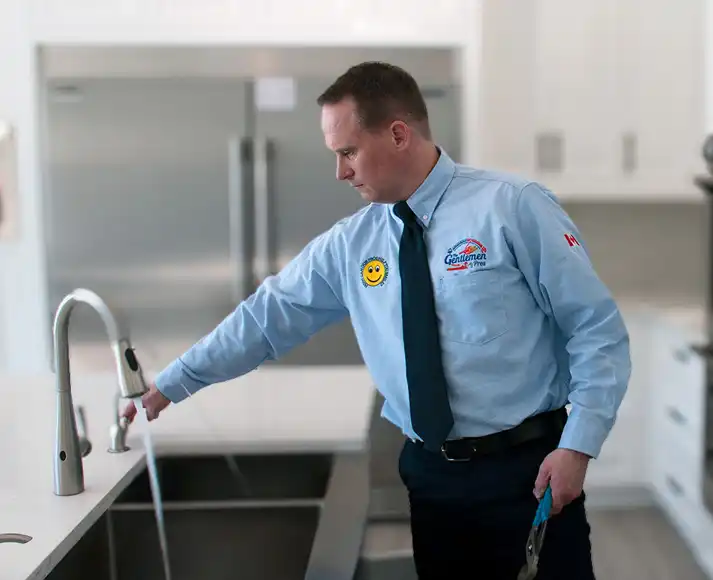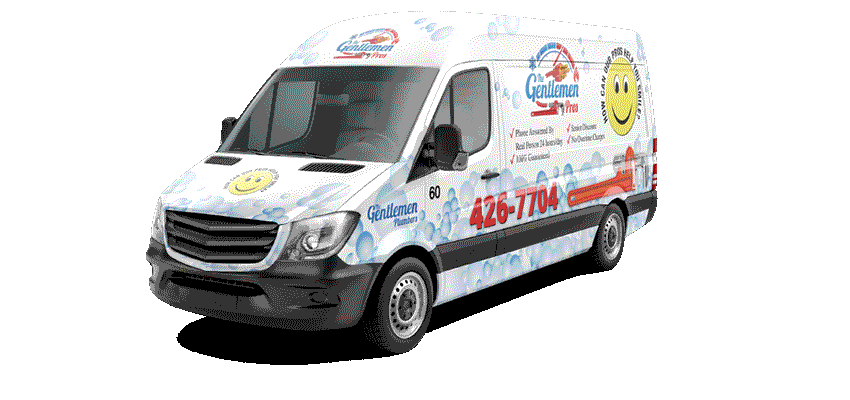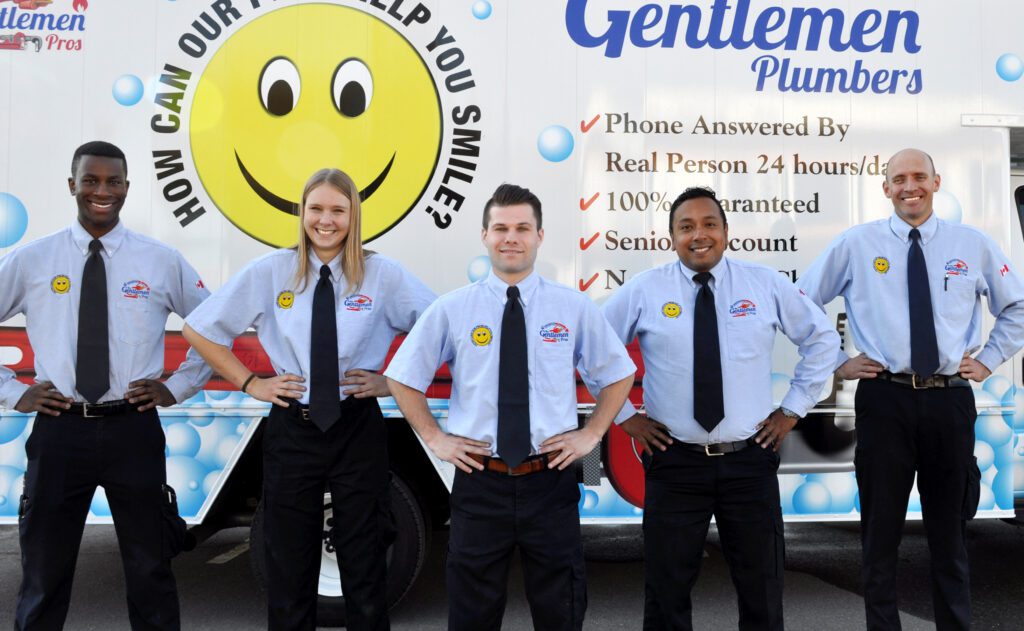We're In Your Neighborhood!

Same Day Service
Since 1992
Call The Gentleman Pros Now!
(403) 239-1943
We're In Your Neighborhood!


Same Day Service
Since 1992
Call The Gentleman Pros Now!
(403) 239-1943

You’ve decided to get a water filtration system for your home but you aren’t sure where to start. There are lots of options out there. How do you determine what is right for you? Let Calgary’s Gentlemen Pros help you. Give us a call and we will walk you through all the different options and help you make the best decision for you and your family.
“Logan provided prompt and excellent service. Work needed was fully explained and a firm price provided before work began. Very happy with the result and would recommend Gentlemen Pros to others. They actually have a human answer the phone!” Jim S

First, you must determine what you want to filter out of you water. Different systems treat for different issues and you don’t want to buy and install a water treatment solution that won’t address your water problem.
If you get your water from the municipal water supply, this is a pretty easy step. We already know what is in Calgary’s drinking water and can make recommendations on the best solution to fit your needs and budget.
If you have a well or get your water somewhere other than your municipality, we will need to do a water test. Don’t worry, we will do this for you. We will come, collect a sample, and send it to the lab for testing. When the results come back, we will analyze them and make recommendations based on the findings and your budget.
There are several different water treatment systems. They are categorized by how they treat your water (reverse osmosis, carbon filter, etc.) and by what water the system treats (whole house system, under sink, faucet mounted, etc.).
Hard water can cause a white mineral build-up on your fixtures and appliances. It also hinders soap and detergent’s ability to make suds. It can lower the efficiency and lifespan of your fixtures and appliances. For example, hard water can cause:
The following are the most common types of water filtration systems.
Carbon filters work through a process called adsorption. No, that isn’t a spelling mistake. Adsorption is different than absorption. It’s the process where impurities in the substance — in this case water — are pulled to the surface of the filtering material — in this case carbon — and stay there, removing the impurities from the water. Essentially, the carbon acts like a magnet drawing all the contaminants to it and than holding them.
Carbon is an excellent adsorption filtering material because of it’s large surface area full of nooks and crannies to store the impurities.
Carbon filters use activated carbon which is carbon that has been subjected to a process which increases it’s surface size (increases the number of nooks and crannies).
There are two main types of carbon filters: carbon block and granular activated carbon.
If you have hard water, a water softener might be what you need.
Hard water occurs when there is a significant amount of calcium and magnesium in your water. High enough levels of these minerals can cause deposits on your fixture and in your appliances.
It is measured by the amount of calcium carbonate in the water. Anything over 120 mg/L is considered hard. In case you were wondering, Calgary has hard water.
Hard water can cause a white mineral build-up on your fixtures and appliances. It also hinders soap and detergent’s ability to make suds. It can lower the efficiency and lifespan of your fixtures and appliances. For example, hard water can cause:
Water softeners work by removing calcium and magnesium ions from the water and replacing them with sodium ions. A water softener unit is installed near the main water supply intake. Inside the water softener is a resin bed made of tiny resin beads. How the resin bed is constructed will depend on the make and model of your water softener.
The resin beads are coated in positive sodium ions. As the hard water passes through the water softener, the positive magnesium and calcium ions in the water “stick” to the resin beads removing them from the water. When this happens, the sodium ions are released into the water to maintain the proper electrical charge on the resin. Over time, most of the sodium is released into the water and the resin beads become filled with calcium and magnesium. Every few days, the water softener rinses the resin beads with salt water. (This is why you add salt to your water softener.) The salt water displaces the calcium and magnesium ions and deposits positive sodium ions on the resin beads, essentially renewing them. The salt water and the calcium and magnesium ions are flushed down the drain and the system is ready to go again.
A reverse osmosis system can remove 90 to 99 percent of total dissolved solids (TDS). TDS are the amount of organic and inorganic substances dissolved in a particular volume of water. They include minerals, salt, metals, and ions. Basically anything that isn’t a water molecule.
Reverse osmosis removes contaminants by forcing the untreated water (feed water) through a semipermeable membrane. The membrane contains holes that are large enough to allow water molecules to flow through but are small enough to stop various contaminants from flowing through. The resulting treated water is called the permeate.
In addition to the semipermeable membrane, reverse osmosis systems also have filters. The number of filters depends on the system you purchase. These filters are located either before the membrane, prefilter, or after the membrane, post filter. Prefilters remove contaminants such as sediment and chlorine and the membrane removes dissolved organic solids. Once the water has gone through the membrane it goes to a storage tank and then flows through a post filter which polishes (fancy industry term for further filtering) the water before it goes to the tap.
Where you place your water filtration system determines which water is filtered.



